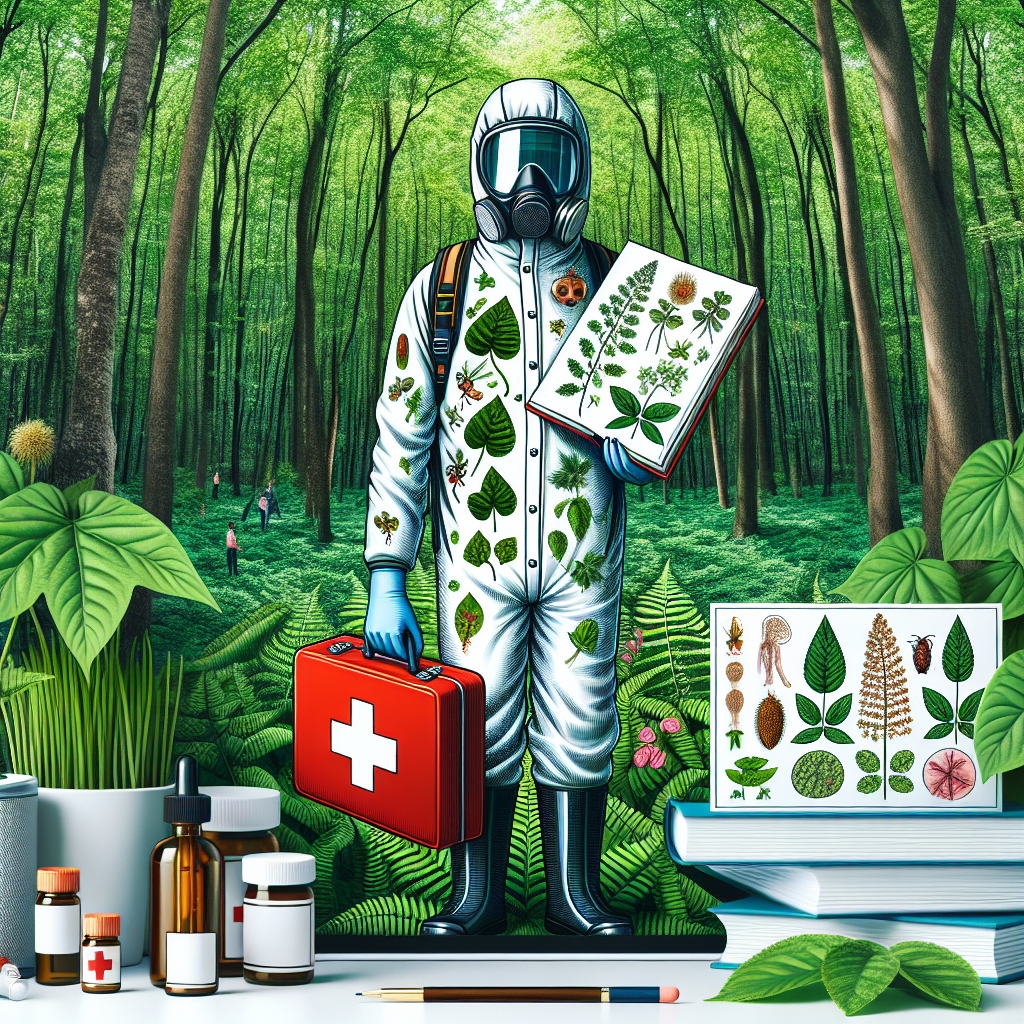Introduction
For many outdoor enthusiasts, encountering nature’s less friendly plants like poison oak and ivy is almost a rite of passage. These plants are prevalent across various environments, often lurking on the edges of trails and campgrounds. Knowing how to spot and treat the effects of these plants is crucial for anyone who loves to hike, camp, or simply spend time in the great outdoors. In this guide, we’ll arm you with the knowledge to identify poison oak and ivy, understand the reactions they cause, and address both immediate and long-term treatment and prevention strategies.
Identifying Poison Oak and Ivy
Let’s get to know our green adversaries. Poison oak typically sports leaves in clusters of three, ranging in color from green to red, depending on the season. The leaves resemble oak, with a textured, lobed appearance. You’ll often find poison oak growing as a shrub in the western United States, but it can also take the form of a vine.
Poison ivy, on the other hand, also showcases its leaves in clusters of three. They may be smooth or slightly toothed, with a glossy surface. It can climb as a vine, using hair-like roots to stick to surfaces, or grow as a shrub primarily in the eastern United States.
Both plants prefer wooded areas, riverbanks, and can even pop up in urban settings. They differ subtly; poison oak’s leaves are more deeply textured, while poison ivy’s leaves tend to be smoother with a slight shine. When seasons change, so do these plants; they can be green in spring and summer, and turn brilliant shades of red, yellow, or orange in the fall.
To strengthen your identification skills, remember that these plants’ appearances can vary. Therefore, familiarizing yourself with them throughout the year is wise. Always look for the telltale ‘leaves of three’ and, when in doubt, keep a safe distance.
Immediate Steps to Take After Exposure
If you suspect you’ve brushed against poison oak or ivy, act promptly. Within the first few minutes, avoid touching other parts of your body or anyone else. Carefully remove any contaminated clothing, taking care not to spread the plant’s oil, urushiol, which causes the reaction.
Next, wash your skin with lukewarm water and soap, preferably a product designed to remove plant oils. If soap isn’t immediately available, rubbing alcohol or specialized poison plant wash can help. Then, gently rinse any contaminated gear, such as boots or backpacks.
Understanding the Reaction Process
The culprit behind the itchy, blistering reaction is urushiol oil. When it contacts the skin, it binds to skin cells, triggering an allergic response in the majority of people. The reaction, characterized by rash, itching, and blisters, typically develops within 12 to 72 hours after exposure.
The severity of symptoms varies from person to person. Some may only experience mild itching, while others can develop intense rashes and swelling. The rash can last up to 1-3 weeks, with severe cases persisting longer.
Over-the-Counter Remedies
For many, over-the-counter (OTC) treatments provide sufficient relief. Calamine lotion, hydrocortisone creams, and antihistamines can reduce itching and inflammation. Other remedies include soaking in an oatmeal bath or applying cool compresses to affected areas. Some people find relief with natural solutions like aloe vera gel or a paste made from baking soda and water.
When to Seek Medical Attention
It’s crucial to recognize when a reaction goes beyond what can be managed at home. If you experience severe swelling, difficulty breathing, or the rash covers a large portion of your body or sensitive areas such as the face or genitals, seek medical attention immediately. A healthcare professional may prescribe stronger medications, such as oral corticosteroids, to manage the reaction.
Prevention Strategies for Future Encounters
The best way to deal with poison oak and ivy is to avoid them altogether. When venturing into areas where they may be present, wear long sleeves, pants, and gloves. Consider applying a barrier cream to exposed skin. After outdoor activities, clean your clothing and gear thoroughly.
Equally important is educating those around you, especially children. Teach them how to identify these plants and the significance of avoiding them. Sharing knowledge is a powerful tool in prevention.
Long-Term Management and Awareness
To become adept at spotting poison oak and ivy, incorporate plant identification into your outdoor activities. Practice observing the foliage around you and compare it with pictures of the plants. Over time, you’ll develop a keen eye for recognizing them quickly.
Engage with community initiatives that promote awareness about poison plants. Whether it’s a local hiking club or an online forum, sharing experiences and knowledge can help others stay safe.
Conclusion
Recognizing and treating encounters with poison oak and ivy are invaluable skills for anyone who loves the outdoors. By applying the knowledge from this guide, you can enjoy your adventures with confidence, knowing you’re equipped to handle these natural hazards. Share this information with fellow nature lovers, and stay vigilant to ensure your outdoor experiences remain positive and itch-free!

